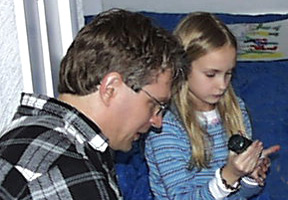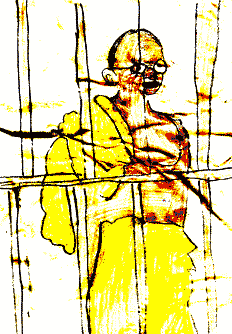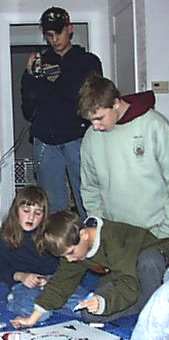
Something you won't hear in many classrooms: 'Different is good.' It's why we use painting, music and film in teaching, because each piece, like each individual, touches us by being unique. These collaborative exercises bring out ideas and turn them into coherent form. Combined with problem-solving sessions, they also help students address issues of self-image and self-confidence, as they succeed in visualising their own successes within a supportive team environment.
I use writing and art to help young people deal with emotional issues that impede their academic progress. The aim is to break the 'vicious circle' that leads academic problems to fuel emotional problems that fuel further academic problems. Instead, I encourage the use of latent academic skills to work through emotional difficulties, in a new 'virtuous cycle'; this promotion of self-expression feeds back into academic improvement. Creative and artistic exercises are a great way to start shifting the balance back towards self-reinforcing practices.

My philosophy is that it's hard to be a good teacher if you can't make learning interesting, or if you're unable to manage behavior. Young people are less likely to learn if they are bored by the content and activities presented to them; in consequence, they are not motivated to behave well if they are not engaged in meaningful activities that are intellectually stimulating. Especially in environments where their real-world knowledge often surpasses that of adults!
That's why I try to include 'big subjects' in my teaching sessions, such as the life of Gandhi, or the American Civil Rights movement: these topics help young people understand the underpinnings of racism, violence and struggle in their own lives. After learning about 'the other' they are able to apply lessons to issues in their own lives and their communities. It is my way of helping young people think critically about their values and the decisions they make, starting from 2nd grade. For instance, Kendra, a 4th grader in Hartford, produced images of 'conflict resolution' as part as a writing assignment. They formed part of a reflection on Gandhi's practice of non-violence, by contrast with how members of the community in which she lives often uses violence to deal with similar issues related to poverty and disenfranchisement.

In a similar vein, bringing a digital video camera into workshops isn't just a gimmick. We work from both sides of the camera. On the one hand, I've encouraged young people to record and review their own reflections; at the same time, they go behind the lens, to record others. It's a great way for them to express themselves, and to make productive connections with the world around them.
Previous story: Tim's story - Putting puzzles together: diagnosis, performance and potential
Back to 'For Parents' index
